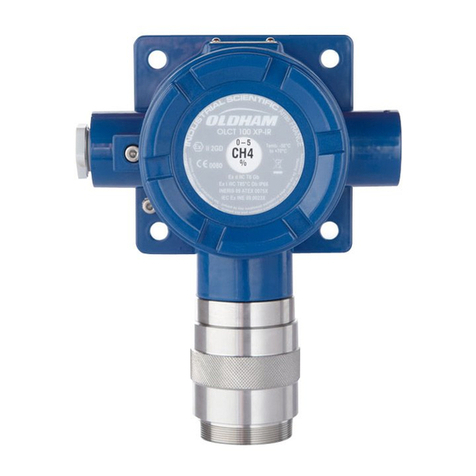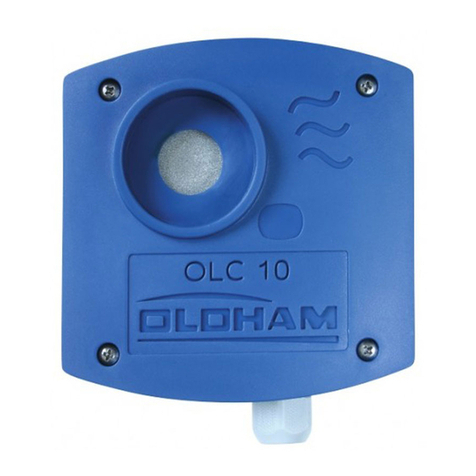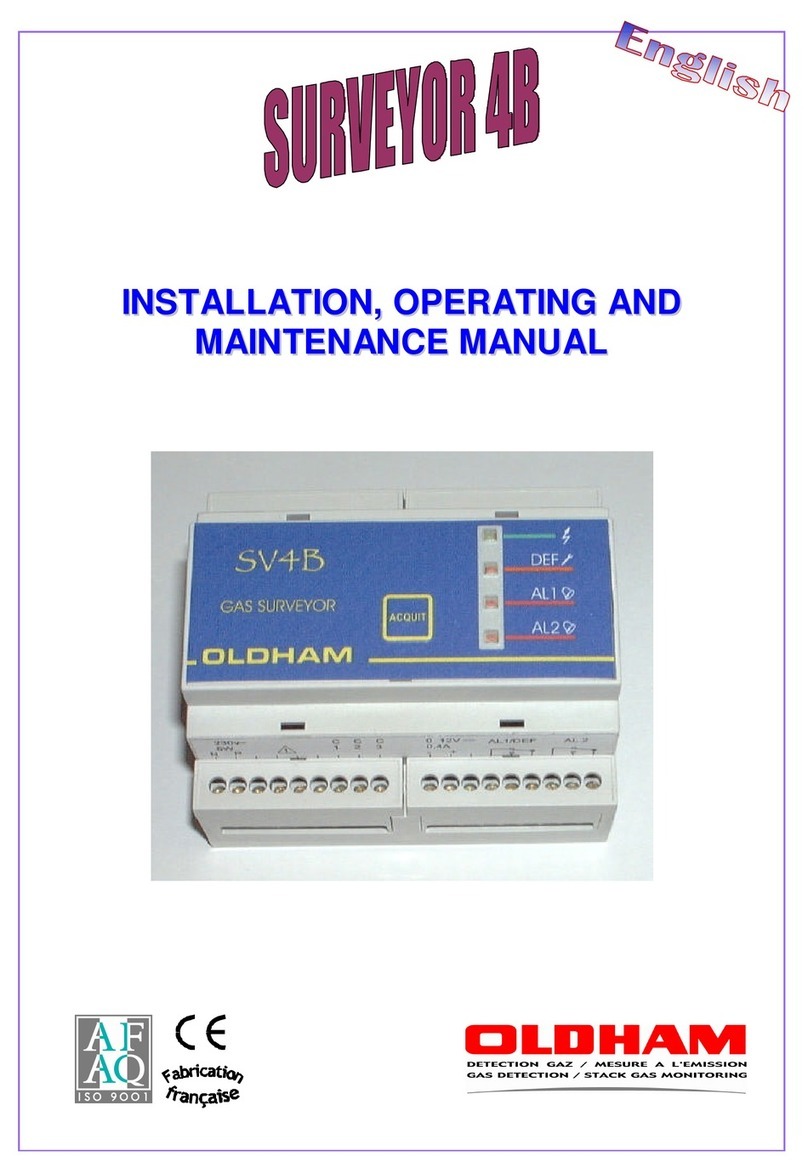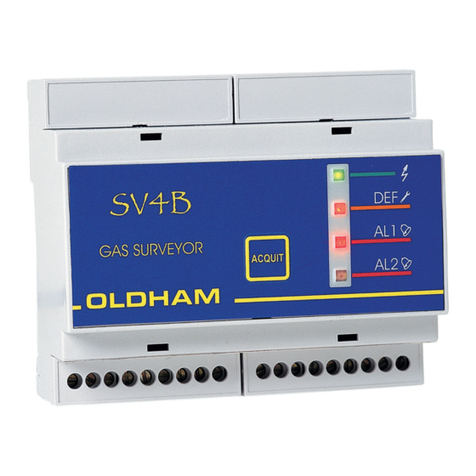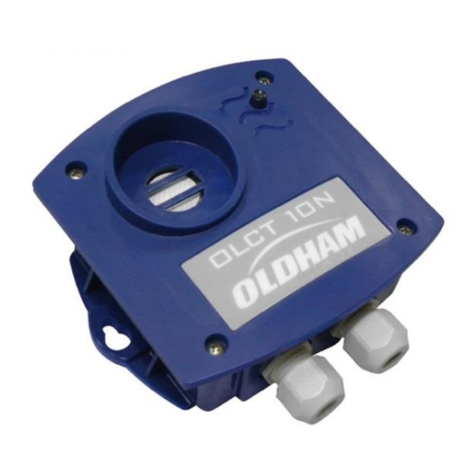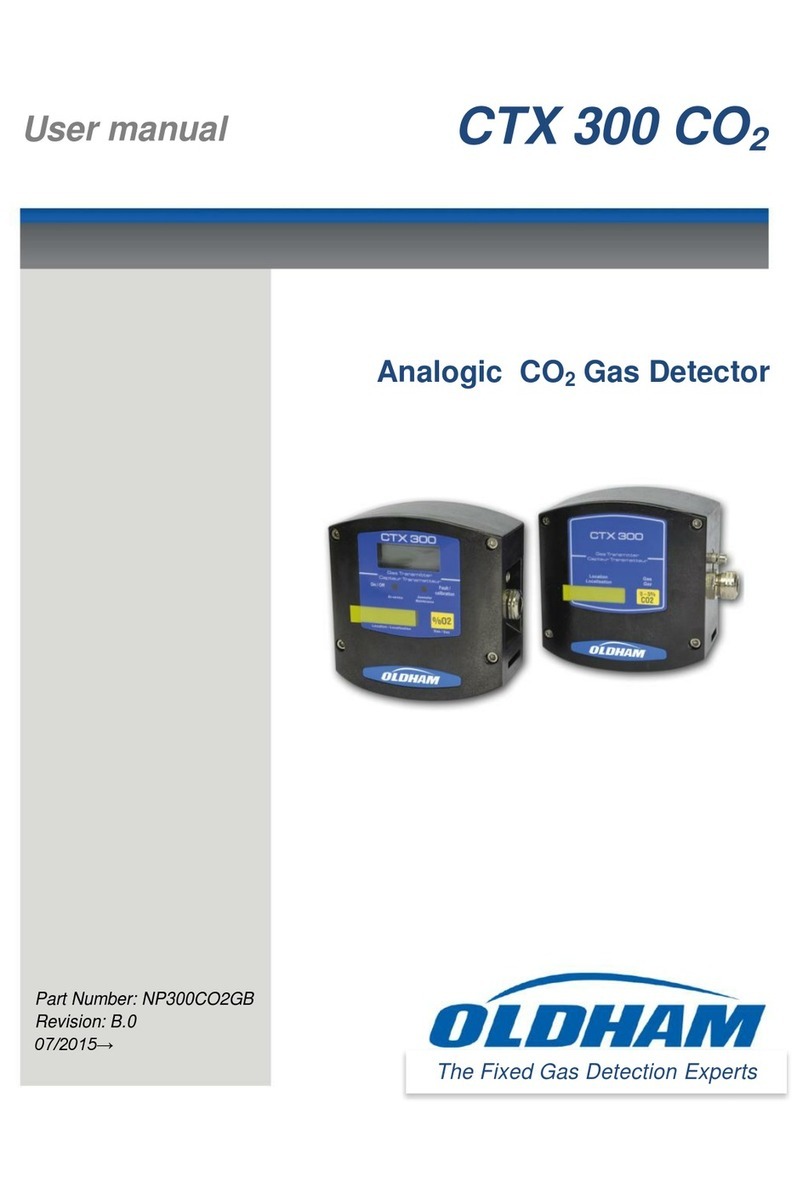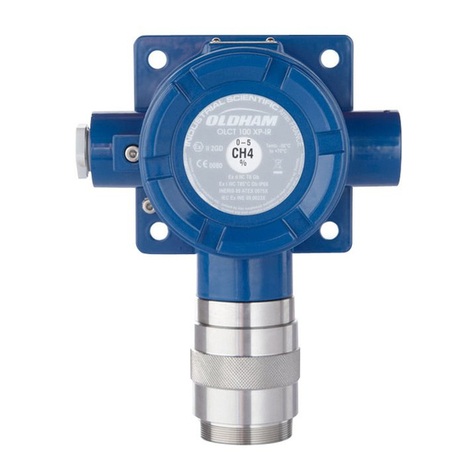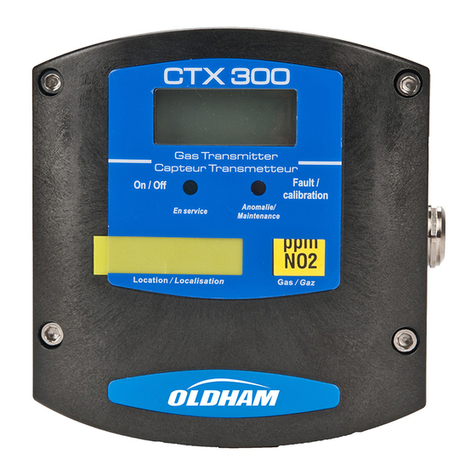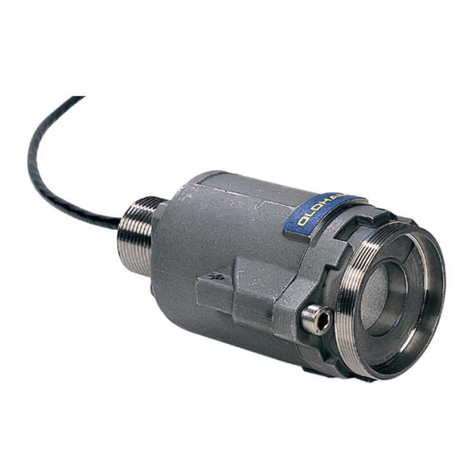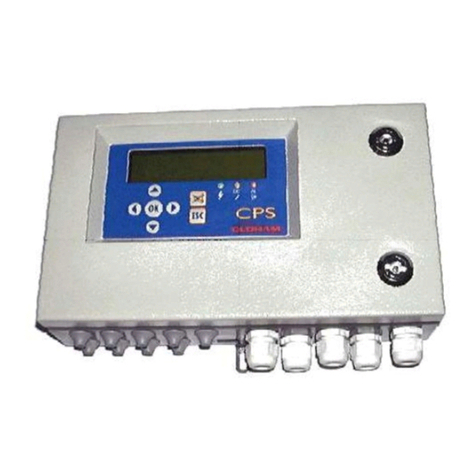0
Limitation of Liability
The Company OLDHAM SIMTRONICS S.A.S., hereinafter referred to as “OLDHAM SIMTRONICS”
throughout this document, shall not be held responsible for any damage to the equipment or for any
physical injury or death resulting in whole or in part from the inappropriate use or installation of the
equipment, non-compliance with any and all instructions, warnings, standards and/or regulations in force.
No business, person or legal entity may assume responsibility on behalf of OLDHAM SIMTRONICS,
even though they may be involved in the sale of OLDHAM SIMTRONICS products.
OLDHAM SIMTRONICS shall not be responsible for any direct or indirect damage, or any direct or
indirect consequence, resulting from the sale and use of any of its products UNLESS SUCH
PRODUCTS HAVE BEEN SELECTED BY OLDHAM SIMTRONICS ACCORDING TO THE
APPLICATION.
Ownership clauses
The drawings, specifications, and information herein contain confidential information that is the property
of OLDHAM SIMTRONICS.
This information shall not, either in whole or in part, by physical, electronic, or any other means
whatsoever, be reproduced, copied, divulged, translated, or used as the basis for the manufacture or sale
of OLDHAM SIMTRONICS equipment, or for any other reason without the prior consent of
OLDHAM SIMTRONICS.
Warning
This is not a contractual document. In the best interest of its customers and with the aim of improving
performance, OLDHAM SIMTRONICS reserves the right to alter the technical features of its equipment
without prior notice.
READ THESE INSTRUCTIONS CAREFULLY BEFORE THE FIRST USAGE: these instructions
should be read by all persons who have or will have responsibility for the use, maintenance, or repair of
the instrument.
This instrument shall only be deemed to be in conformance with the published performance if used,
maintained, and repaired in accordance with the instructions of OLDHAM SIMTRONICS by OLDHAM
SIMTRONICS personnel or by personnel authorized by OLDHAM SIMTRONICS.
Important Information
The modification of the material and the use of parts of an unspecified origin shall entail the cancellation
of any form of warranty.
The use of the unit has been projected for the applications specified in the technical characteristics.
Exceeding the indicated values cannot in any case be authorized.
OLDHAM SIMTRONICS recommends regular testing of fixed gas detection installations (read Chapter
IV).
Before any intervention on the detector, please refer to the EN 60079-29-2 standard.
Warranty
Under normal conditions of use and on return to the factory, OLC/OLCT10 detectors carry a 2-year
warranty excluding accessories such as sensors, filters, etc.
